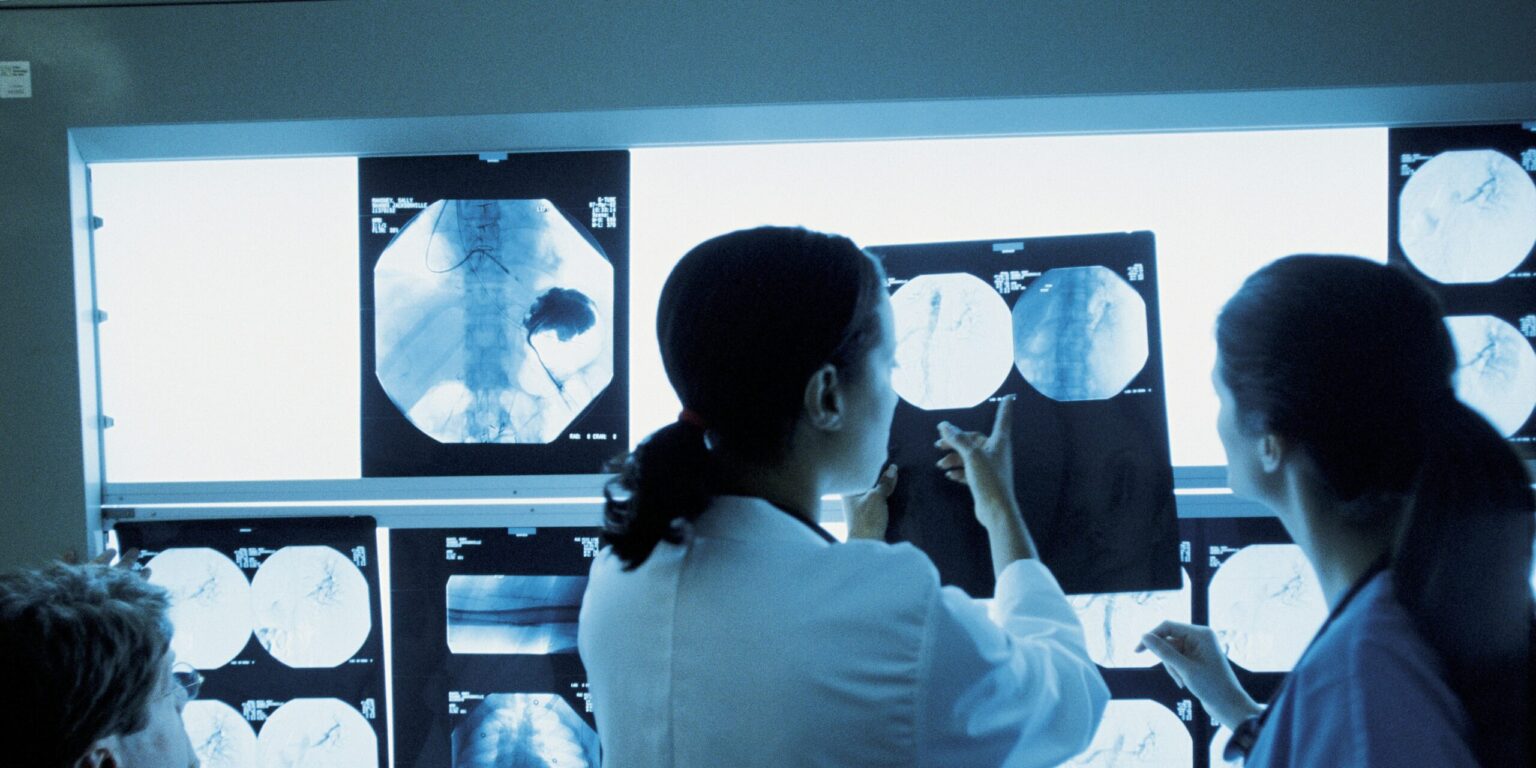Despite a partial federal government shutdown that has disrupted key health agencies, U.S. researchers are pressing ahead with groundbreaking developments in cancer screening technology. On October 4, 2025, a research team from a leading academic medical center announced encouraging early findings from a pilot trial of a “liquid biopsy” blood test capable of detecting multiple cancer types in their earliest stages. The innovation, which relies on identifying molecular signatures of cancer circulating in the bloodstream, represents one of the most promising frontiers in oncology diagnostics.
The team’s early data showed that the test achieved high specificity in distinguishing early-stage malignancies from benign growths or inflammatory conditions—a critical measure of accuracy that minimizes false positives and unnecessary invasive follow-ups. According to the researchers, the findings build on years of progress in genomic and proteomic profiling, which allow scientists to identify unique biomarkers released by tumors into the bloodstream before symptoms arise.
Read Also: https://mensinsider.com/u-s-government-shutdown-averted/
Dr. Melissa Greer, an oncologist involved in the study, described the findings as “a pivotal moment for cancer detection.” She noted that the ability to screen for multiple cancers through a single, noninvasive test could dramatically change public health outcomes. “Early detection remains the single most effective way to improve survival across nearly every cancer type,” she said. “If we can make screening easier and more accessible, we can intervene sooner—and save more lives.”
The research announcement comes at a time when scientific momentum faces unprecedented logistical challenges. Since the federal government shutdown began on October 1, many agencies under the Department of Health and Human Services (HHS), including the National Institutes of Health (NIH) and the Centers for Disease Control and Prevention (CDC), have been forced to suspend or scale back operations. Grant disbursements, research oversight, and regulatory review timelines have been disrupted, leaving scientists uncertain about funding continuity and approval pathways.
Although most hospitals and universities are operating with previously secured funding or private-sector support, the federal disruption has already delayed data reporting and limited access to shared research resources. The FDA, which plays a central role in the authorization of new medical technologies, is also facing backlogs in review processes as many staff members are furloughed. Experts warn that even short delays in approval could slow the momentum of promising cancer detection tools such as the liquid biopsy test.
Dr. Alan Rodriguez, a health policy analyst at the Brookings Institution, said that the timing of the shutdown could not be more problematic for biomedical research. “We’re in a phase where early detection technologies are moving from academic research into potential clinical use,” he explained. “Interruptions in funding and regulatory oversight risk stalling critical progress at a moment when we’re closer than ever to changing how cancer is diagnosed.”
Liquid biopsy technology has been a major focus of oncology research over the past decade, with numerous studies demonstrating its potential to detect cancers of the lung, colon, pancreas, and breast at earlier stages than traditional imaging or tissue biopsy. The latest generation of these tests uses advanced sequencing techniques to analyze fragments of DNA shed by tumors into the blood, known as circulating tumor DNA (ctDNA). By identifying distinct genetic and epigenetic patterns, researchers can determine both the presence and the likely tissue of origin of a malignancy.
The test developed by the academic team represents a next step in this evolution, using an integrated algorithm that combines ctDNA analysis with protein-level biomarkers to increase accuracy. In the pilot study, which included more than 500 participants, the test detected cancer with an overall specificity exceeding 95 percent and a sensitivity that varied depending on the cancer type and stage. While researchers caution that larger studies are needed to confirm the findings, they say the data align with global efforts to make multi-cancer early detection a clinical reality.
However, translating this innovation into clinical practice will depend heavily on continued investment and regulatory engagement. Federal programs—such as those administered by the NIH’s National Cancer Institute—are typically essential for funding large-scale trials and ensuring equitable access to emerging technologies. With the shutdown halting new grant approvals and review meetings, researchers are uncertain when they can expand their studies or begin applications for FDA evaluation.
Despite these obstacles, private foundations and philanthropic organizations are stepping in to sustain momentum. Several U.S. universities and health systems have confirmed that they are reallocating internal funds to keep cancer detection projects running until federal operations resume. The biotechnology sector, too, has expressed strong interest in partnering with academic teams to fast-track validation and commercialization of liquid biopsy tests once the regulatory environment stabilizes.
The broader implications of the research extend far beyond laboratory progress. Early cancer detection has long been considered the “holy grail” of oncology, with the potential to reduce mortality rates, lower healthcare costs, and minimize the physical and emotional burden of late-stage treatment. The U.S. currently recommends regular screenings for only a handful of cancers—such as breast, colorectal, and cervical—leaving many others undetected until they are more difficult to treat. A reliable multi-cancer blood test could revolutionize preventive medicine by identifying dozens of cancers before symptoms appear.
For now, the researchers behind the new test are preparing to expand their trial to include more participants in 2026, pending funding resumption and regulatory clearance. They remain optimistic that bipartisan support for cancer research—particularly through initiatives like the Cancer Moonshot—will help bridge the gap once federal agencies reopen.
As the government shutdown enters its second week, the story of this research highlights both the resilience and vulnerability of the U.S. scientific enterprise. Even in the face of administrative paralysis, the pursuit of innovation continues—but the speed and reach of that progress depend on a functioning system that supports it. For patients awaiting breakthroughs that could one day save their lives, every delay matters.
